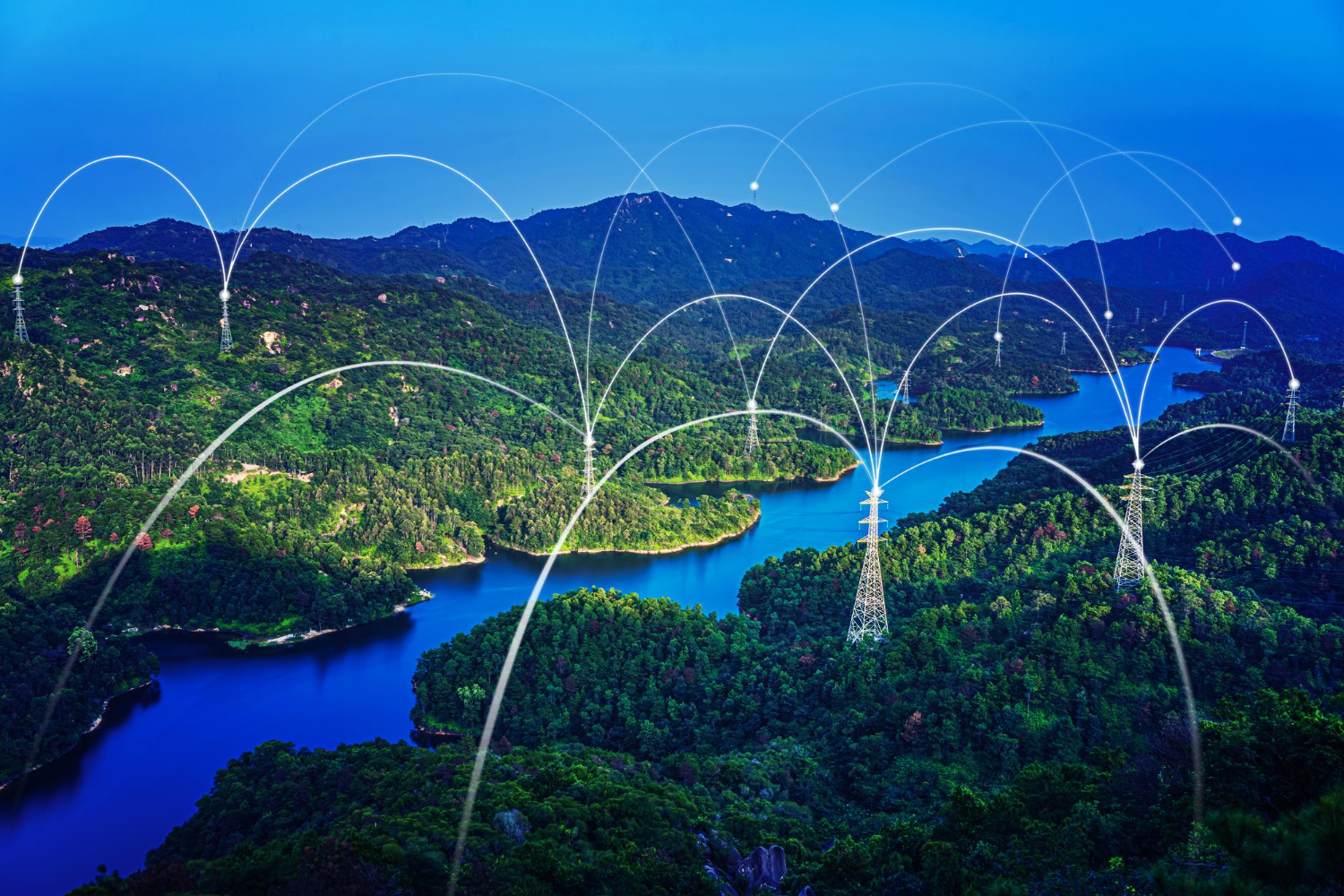published on 15 August

Discover how a Digital Twin model is created from an initial concept to a useful solution. Prefer a brief summary? Continue reading below.
Building a Digital Twin model starts with defining user stories to identify user needs and processes. Consultants play a important role in defening these user stories by translating the needs into a clear project plan, outlining the necessary data, functionalities, and tools required. Based on these requirements, a User Experience (UX) design is created to ensure a relevant and user-friendly Digital Twin application.
Discover more about the first steps of the creation of the Digital Twin.
Open data forms the cornerstone of Digital Twins, with governments and research institutions providing abundant sources. Next to that, platforms like PDOK offer high-quality geographic data, and the European Data Portal acts as a central hub for various datasets. These platforms are useful in adding relevant data to the Digital Twin. However, additional data collection methods, such as field surveys, sensors, and data archives, are often necessary to meet specific Digital Twin requirements. Yet, all this data from these different sources needs to be managed. Therefore we follow the FAIR principles (Findable, Accessible, Interoperable, Reusable) to ensure quality and traceability of the data.
The technical platform of a Digital Twin includes software components for data processing, storage, and management. It utilizes a cloud platform powered by Google Kubernetes Engine (GKE) and Docker. Next to that, Open-source software and open standards ensure efficiency and compatibility, with geodata standards maintained by the Open Geospatial Consortium (OGC).
Read here more about the Digital Twin Data Center.
3D visualization is important for Digital Twins in showcasing the Digital Twin for stakeholders. In order to stram these large 3D datasets we use standards like OGC 3D Tiles. To enhance the experience even more, tools such as CesiumJS and MapLibre are used to create interactive 3D maps. All these visualization tools help in representing real-world objects and scenarios accurately, providing valuable insights for the stakeholders.
Discover more about the Digital Twin Visualizations.
Digital Twins offer real-time insights and predictive modeling. This enhances for example the construction lifecycle predictions, environmental monitoring and asset management. Asset management is improved by incorporating real-time sensor data and predictive models. This is done via the integration of BIM models with GIS data. This integration allows for better infrastructure monitoring and maintenance.
Practical applications of Digital Twins improve efficiency, reduce costs, and enhance decision-making in sectors like construction, subsurface modeling, and asset management. By leveraging real-time data and predictive capabilities, Digital Twins support proactive measures, informed planning, and sustainable solutions.
